The Good and Bad of Berlin Transit
The ups and downs of one of Europe's great transit cities.
Berlin is a true haven for those that like rail-based travel. The density of well-connected railways is up there with the greatest systems in the world from Zurich to Tokyo; however, in travelling around the city, I am reminded that even though travelling around Berlin is great, its transit is not without faults. So I decided to talk a bit about things I enjoy about Berlin’s trains, buses and trams, and some things that aren’t great.
I’ve already done a few articles in my “The Good and Bad Of” series, which I will reference a little later in this article — I recommend checking it out! Stay tuned for a whole mini-series on Berlin, for which this is the first article.
Logical Station Designs with Convenient Transfers
One of the nicest things about transit in Berlin is how easy it is to navigate, and a big part of that is the very well laid out station facilities in a number of locations. Two places where this really stands out are Potsdamer Platz and Berlin Main Station.
Spending so much time in Toronto, I am used to having to help people navigate Toronto Union Station constantly whenever I am there; it’s simply so confusing that people frequently need to overcome the awkwardness of asking a random dude how to get around. This is despite the relatively simple layout of Union and the relatively small amount of services.
By comparison, a station like Potsdamer Platz is truly glorious, connecting between the S-Bahn and the mainline trains is as simple as going up and walking 90 degrees over to the regional trains and then going back down. This is similar to how the connection happens between the U-Bahn and the deep-level trains at Berlin HBF works: It’s seamless and the result of thoughtful planning.
Adding to the well-oriented connections, the open design of stations like Berlin HBF and Potsdamer Platz (mainline) is really underrated. By featuring the big open volumes — which are clearly not cheap and feature tons of engineering challenges — the stations are made much easier to orient oneself in.
The relatively low number of platforms also help a lot. This is something that is mostly an operational rather than architectural or navigation consideration, but the reality is that less platforms means less possible wrong platforms to go to. Toronto Union station handles far less traffic than Berlin HBF, but has 14 island platforms — Berlin Main Station has just 8.
Stations also obviously benefit a lot from great wayfinding, but I will touch on this more in a later edition of the Good and Bad of Berlin Transit, so make sure you subscribe for that (most articles are free!).
Bathrooms
Probably the least pleasant part of Berlin’s transport network is the total lack of washrooms. While given the minimal size of many U-Bahn stations in particular adding washrooms might be a real challenge, it seems like the case for the newest and largest stations is obvious and the lack of washrooms feels like a rare miss for the city.
While I understand and appreciate the frequency of paid washrooms in Europe to some degree, it is insane that Berlin HBF — one of the largest and most impressive rail stations in the world — has… one large washroom and you need to pay to use it. Surely DB could afford to open washrooms for free and keep them clean in its flagship station. Worse still, with the way the washroom entry is laid out (this is a stupid problem that doesn’t exist with non-paid washrooms) a line seems to quickly form, even when the inside of the washroom is mostly not being used. That’s because its not necessarily obvious how you can pay, and you couldn’t easily use cards last time I checked. This is a rare place where Toronto Union is significantly better than Berlin HBF, with two large public washrooms in the GO concourses and a few others dotted elsewhere.
Obviously BVG and DB should be adding washrooms to stations if for no other reason than them being an accessibility feature that everyone needs from time to time. I actually think the Toronto model is a good one to adopt here — with washrooms available at most interchanges and all terminal stations. If Berlin did this, it would add a lot of new washrooms to the U-Bahn and S-Bahn. The city could then implement washrooms at the other stations as paid facilities, even just placing them adjacent to stations would be fine thanks to the proof-of-payment model used in the city. An interesting hybrid option could even be used where washrooms have fare gates (the irony amuses me) that can be unlocked by scanning your transit pass — effectively making the washrooms free for riders, and making the “cost” the lowest transit fare.
Timely Arrivals, Frequent S-Bahn
Service for urban transit in Berlin is generally pretty excellent. Two things that stood out to me were the very frequent and usually on schedule trams, and the again very frequent S-Bahn services.
The trams in Berlin are a masterclass in a couple of ways, but their frequency was particularly notable. There were lots of cases where I saw trams going by every three minutes or so with fairly high reliability, and after experiencing the operational nightmare that is the Toronto streetcar network going out to a tram at a scheduled time and being able to catch it was just crazy. The trams in Berlin were an excellent reminder to me that you do not need full signal priority or even fully-dedicated lanes to provide an excellent tram service; great operations and high performance vehicles can truly do wonders.
And then there was the S-Bahn. Obviously the S-Bahn is frequent, but what impressed me was the extent to which that was enough for my visiting family to use it all on their own, without needing to spend a ton of time planning their trip. I think the very simple, but extensive S-Bahn core in Berlin (Ringbahn, Stadtbahn, and the S-Bahn tunnel) has a huge positive impact, and I think I will do a full video on this in the future.
All in all, Berlin is a great city to visit if you need to be reminded how good transit can be, even while still having serious problems — make sure to stay tuned for my next edition!




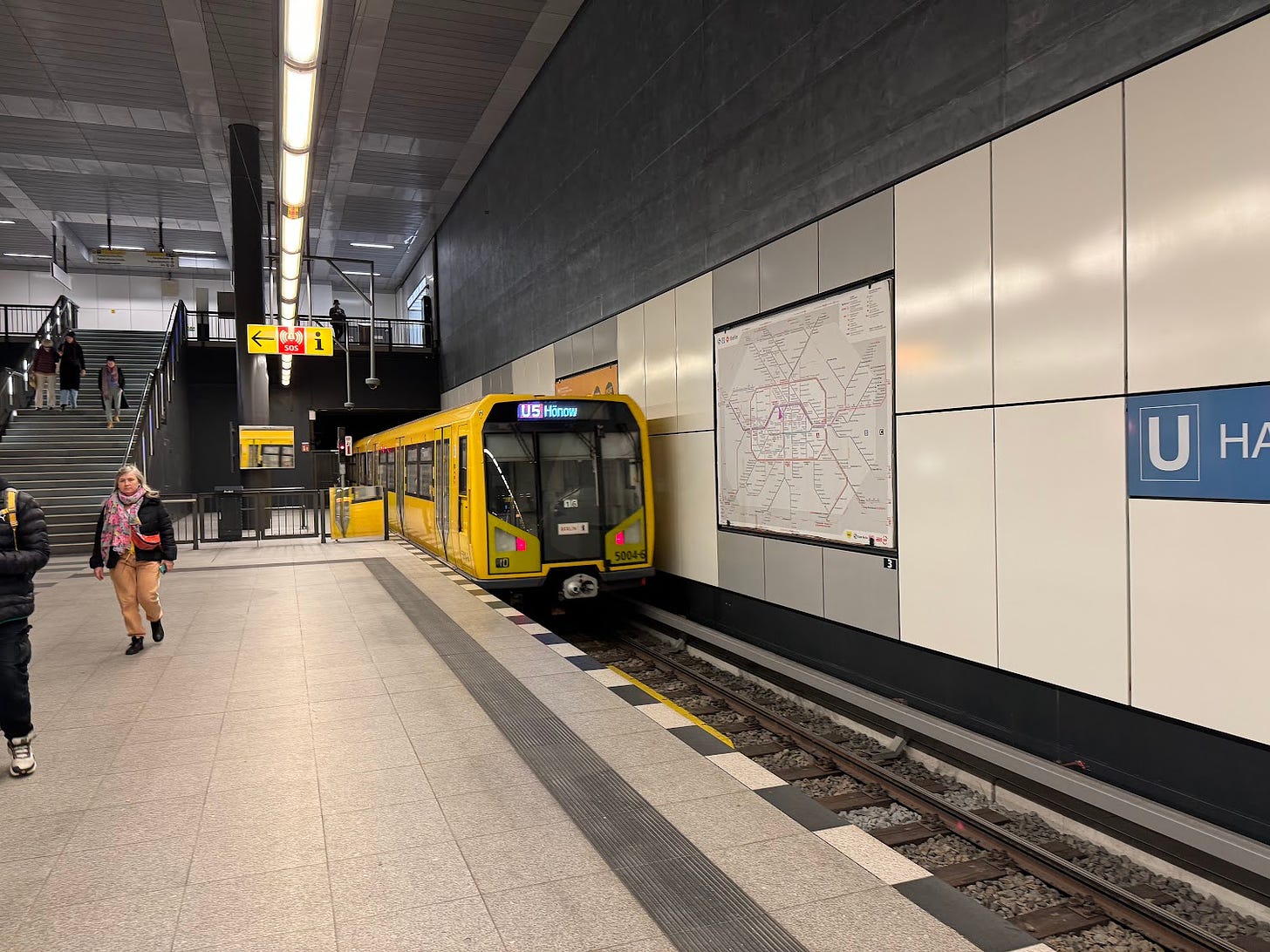
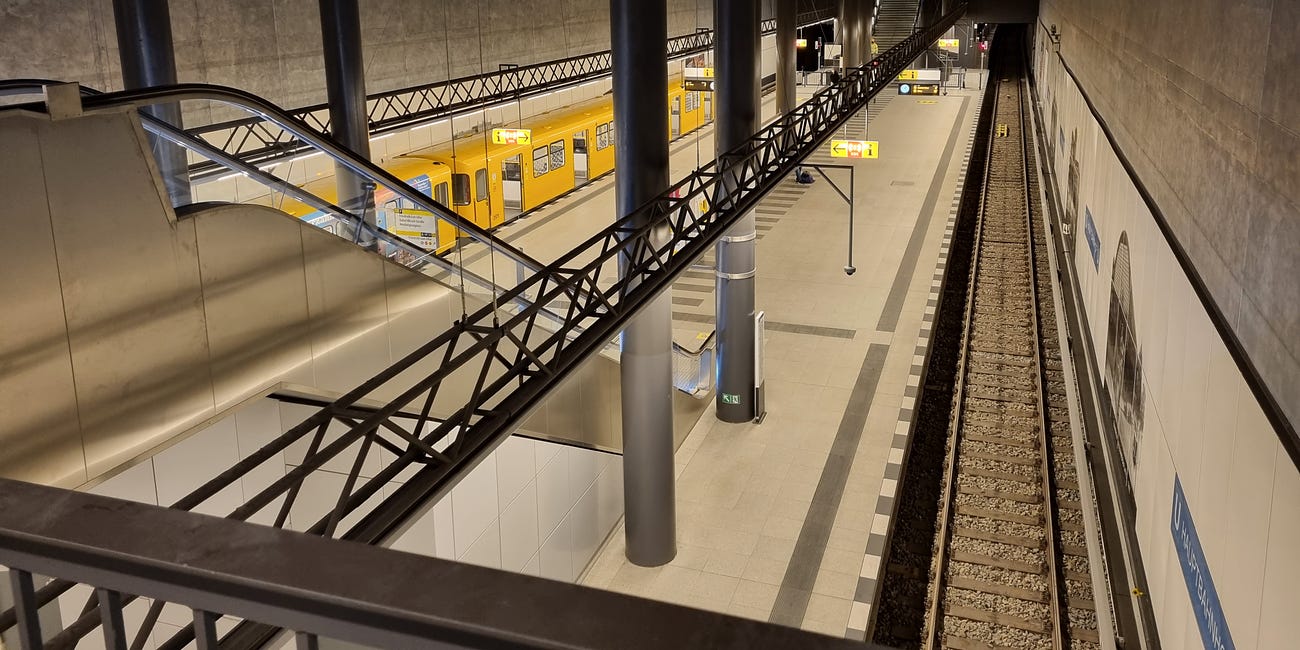
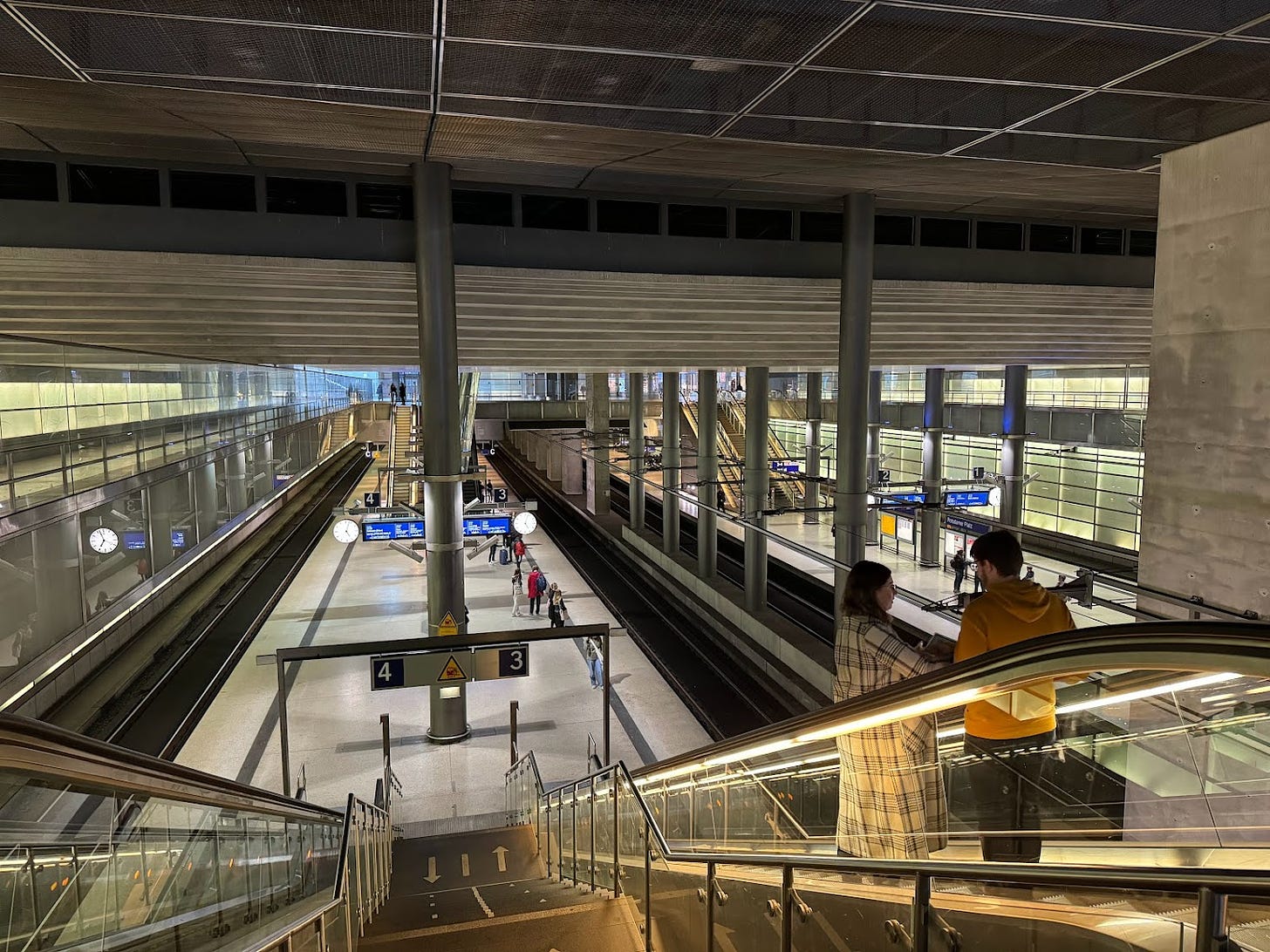
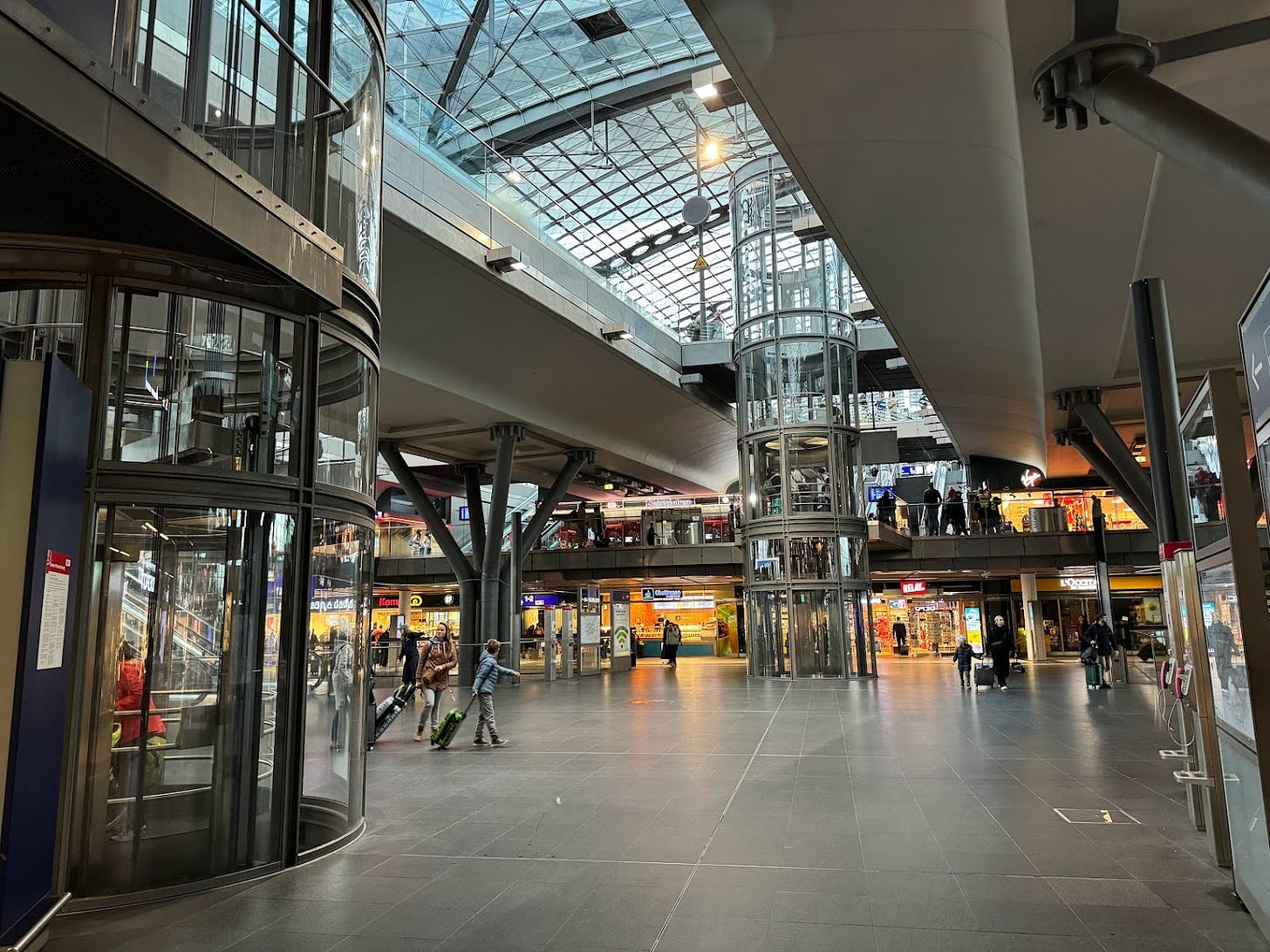
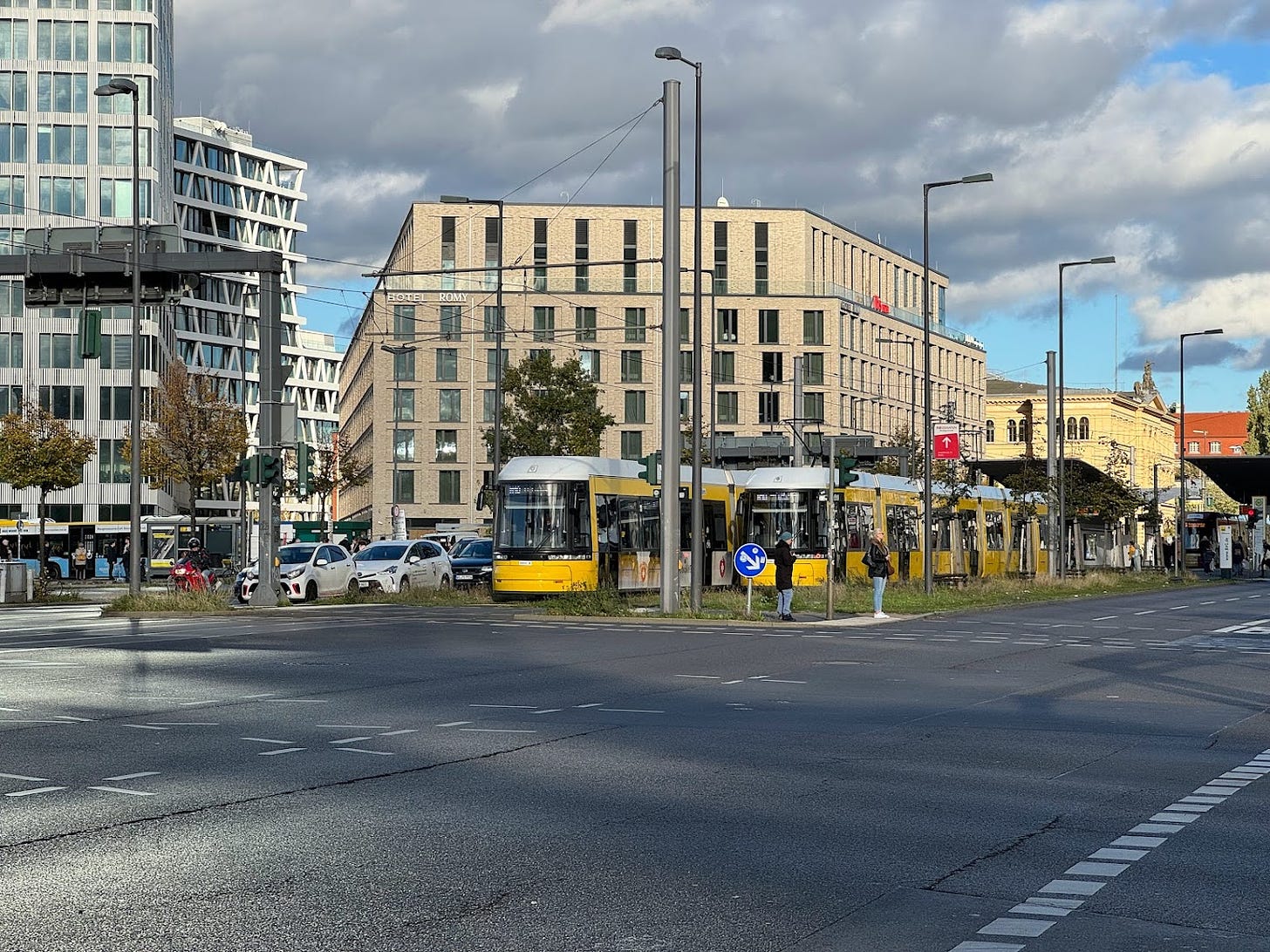
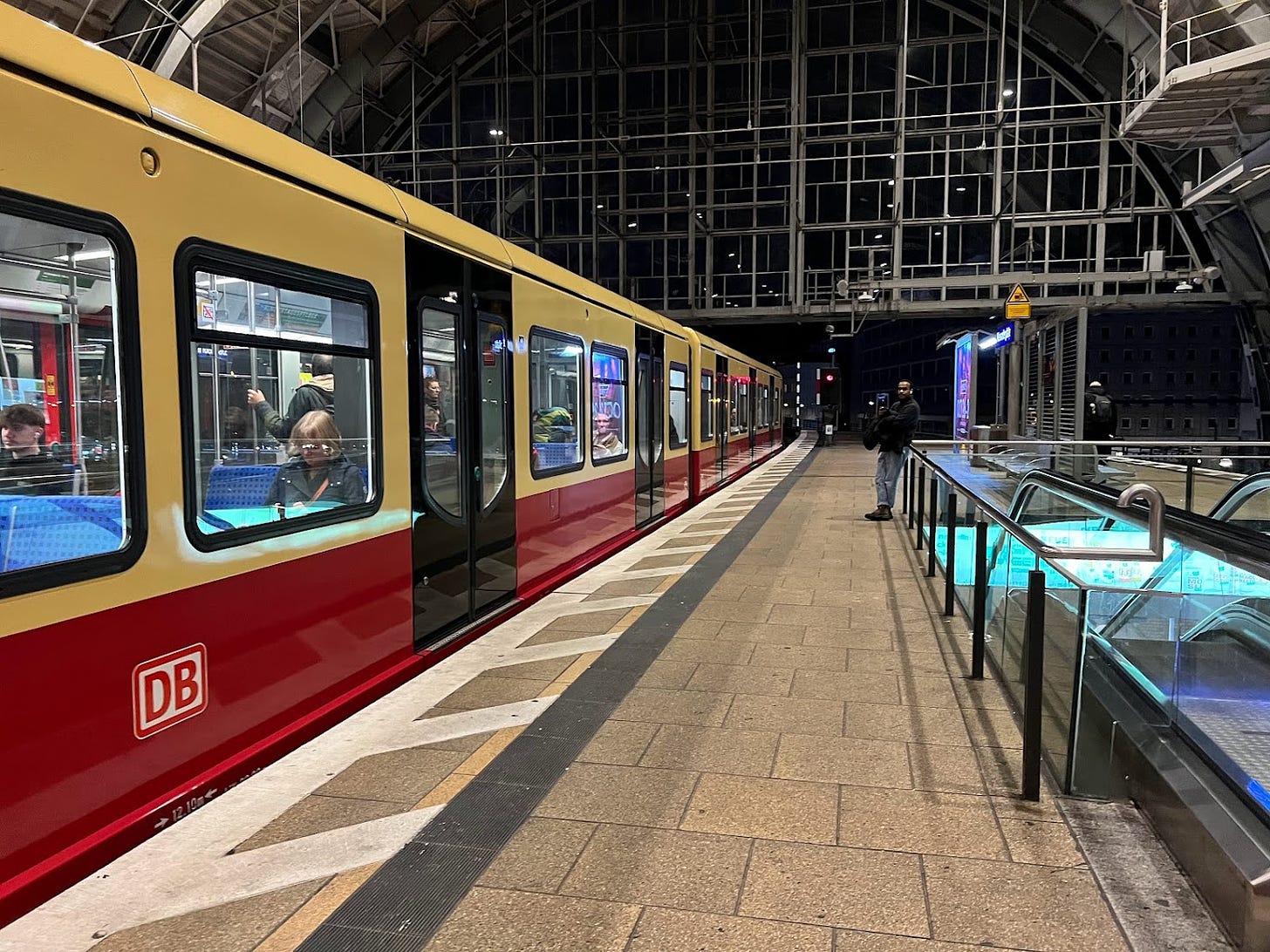
You're on point with the bathrooms. The DB/S-Bahn wants to keep out homeless and poor people, that's why they have outsourced the bathrooms to another company. It has been really, really terrible in the past. Now the bathrooms are just very bad.
The BVG wants to build bathrooms in the U-Bahn stations, but BVG is moving very, very slow. They have this plan for years. Sadly, the senate is now conservative, so funds may not be approved for that until the government changes to a more progressive again.
Until then, most metro stations will remain a bathroom in itself. Yeay.
Just, as with all policies, when they want to fight off the poor, everyone looses.
About the transfers at Potsdamer Platz ... well. Yes, the transfers between the S-Bahn and regional trains are moderately convenient (I don't find them exceptionally good; have you tried Südkreuz or Gesundbrunnen or even Hauptbahnhof/Lehrter Bahnhof?), transfer between either and the U-Bahn is a fucking nightmare. Which is because the U-Bahn station (it used to be called "Leipziger Platz" and not "Potsdamer Platz" for a reason, because that's where it is; at the next square over) and the S-Bahn station already existed when the modern Potsdamer Platz station was built.